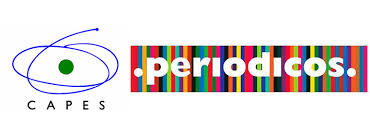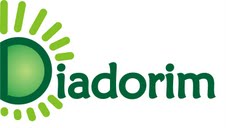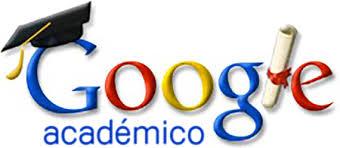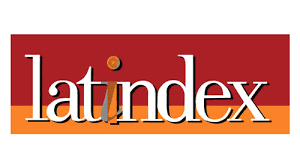APPROXIMATED SOLUTION OF LINEAR SYSTEMS ARISING FROM TOPOLOGY OPTIMIZATION OF STRUCTURES
DOI:
https://doi.org/10.26512/ripe.v2i28.14454Abstract
Abstract. A common problem in topology optimization is the minimization of the compliance of tatic structure, subject to a volume constraint. No matter what method is used to solve this problem the computational cost is dominated by the solution of the system of equations associated with the equilibrium conditions. If the structure has an elastic material and is subjected to small displacements, one linear system need to be solved at each iteration of the optimization algorithm, in order to obtain the nodal displacements, which are used to evaluate the objective function. Since the stiffness matrix of the structure is symmetric and positive definite, this linear system is frequently solved using the Cholesky factorization, although this method can be expensive for large-scale problems. To overcome this difficulty, Amir, Bendsøe & Sigmund (2009) presented a strategy based on the combined approximations approach, proposed by Kirsch (1991), which consists basically in reusing the Cholesky factorization. In this work, we combine this approach with the Sequential Piecewise Linear Programming method, proposed by Gomes & Senne (2014), and discuss the reduction of the computational cost of the solution of the linear systems when this strategy is applied to a classical problem. Keywords: Topology optimization, Linear systems, Approximated solutionsDownloads
Downloads
Published
How to Cite
Issue
Section
License
Given the public access policy of the journal, the use of the published texts is free, with the obligation of recognizing the original authorship and the first publication in this journal. The authors of the published contributions are entirely and exclusively responsible for their contents.
1. The authors authorize the publication of the article in this journal.
2. The authors guarantee that the contribution is original, and take full responsibility for its content in case of impugnation by third parties.
3. The authors guarantee that the contribution is not under evaluation in another journal.
4. The authors keep the copyright and convey to the journal the right of first publication, the work being licensed under a Creative Commons Attribution License-BY.
5. The authors are allowed and stimulated to publicize and distribute their work on-line after the publication in the journal.
6. The authors of the approved works authorize the journal to distribute their content, after publication, for reproduction in content indexes, virtual libraries and similars.
7. The editors reserve the right to make adjustments to the text and to adequate the article to the editorial rules of the journal.









